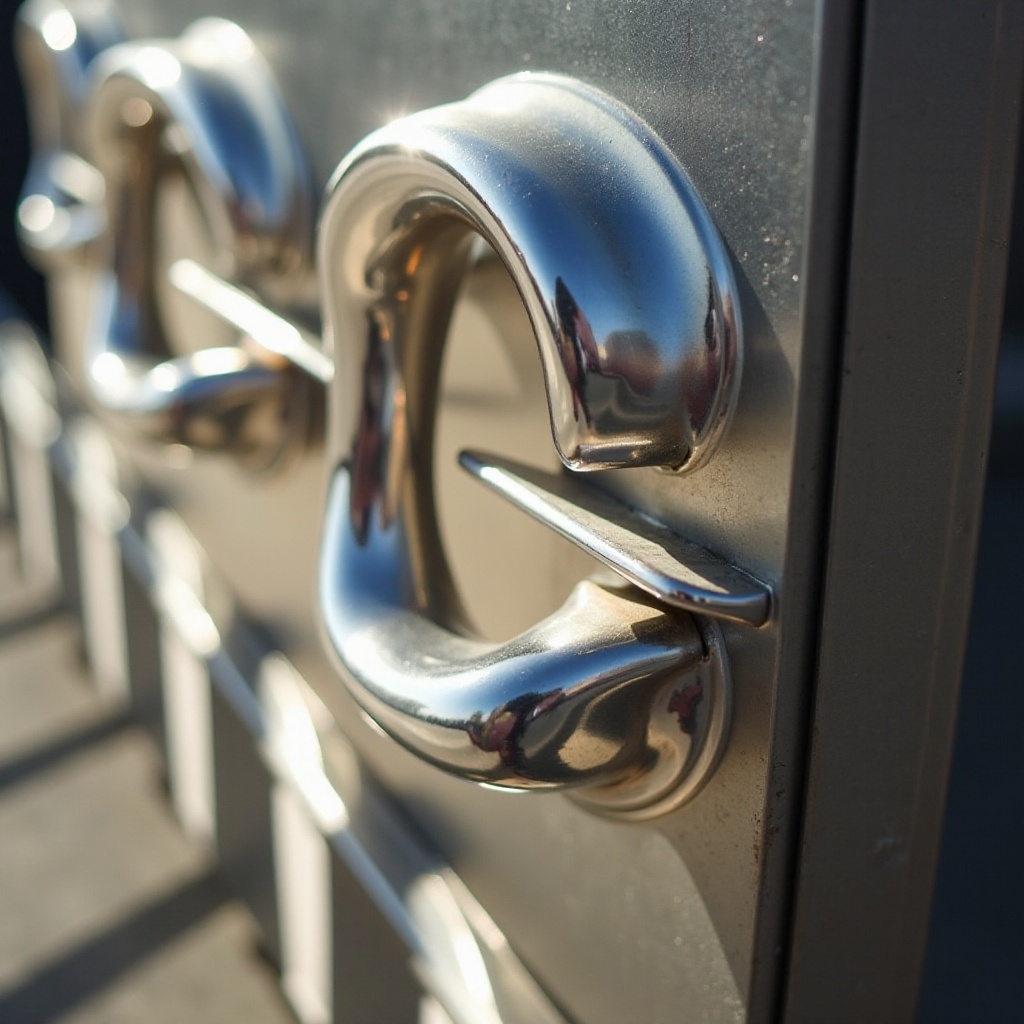Introduction
Stainless steel is a versatile material used extensively in various applications, ranging from kitchen appliances to construction materials. Its durability, resistance to rust, and aesthetic appeal make it a popular choice. However, a commonly asked question is: does stainless steel get hot in the sun? This blog aims to shed light on the thermal properties of stainless steel, how it absorbs and dissipates heat, and practical tips for managing its heat absorption in everyday scenarios.

Understanding the Properties of Stainless Steel
Stainless steel is an alloy primarily composed of iron, chromium, and, occasionally, other elements such as nickel and molybdenum. Its key characteristic is its resistance to corrosion, made possible by the chromium content, which forms a protective oxide layer on the surface. This oxide layer not only provides resistance to rust but also enhances the material’s aesthetic appeal.
Stainless steel comes in various grades and finishes, each with specific properties tailored to different applications. Common grades include 304 and 316, which are ideal for kitchenware and medical instruments due to their high resistance to corrosion and heat. However, in terms of thermal properties, stainless steel is relatively conductive. This means that while it doesn’t retain heat for long periods, it can absorb a significant amount of heat quickly when exposed to direct sunlight.
In fabrication and construction, the choice of stainless steel often considers its ability to withstand heat and its thermal conductivity. Unlike metals such as aluminum or copper, stainless steel may take longer to get hot but retains heat longer once it does. This is important to consider for outdoor installations and structures.
The Science Behind Heat Absorption
Heat absorption in materials is a function of thermal conductivity, specific heat capacity, and the material’s mass. Stainless steel has moderate thermal conductivity, which means it transfers heat from its surface to its core at a steady rate. When stainless steel is exposed to sunlight, it absorbs heat photons, and its temperature begins to rise.
The specific heat capacity of stainless steel – the amount of heat energy required to raise the temperature of a unit mass by one degree Celsius – is also moderate. This factor contributes to how quickly stainless steel heats up when exposed to the sun. As the sun’s rays make contact, the energy is transferred to the metal’s surface atoms, causing the temperature to increase.
Additionally, the mass of the stainless steel object plays a role. Heavier objects will take longer to heat up compared to lighter ones because there is more material to distribute the absorbed heat.
When comparing stainless steel to other metals, such as aluminum, it is noticeable that stainless steel heats up slower but retains heat longer. Aluminum, with higher thermal conductivity, heats up and cools down rapidly, while copper, with even higher thermal conductivity, heats up very quickly and retains heat for a longer duration.
Real-World Scenarios: Stainless Steel in Daily Life
As we delve deeper into the practical implications of stainless steel’s thermal properties, it’s clear that its widespread use in day-to-day life necessitates a solid understanding of its behavior under direct sunlight.
-
Kitchen Appliances and Cookware: Stainless steel pots and pans perform exceptionally well due to their ability to distribute heat evenly. However, when left on a stove for too long, they can become exceedingly hot to the touch.
-
Outdoor Furniture: Stainless steel is favored for outdoor furniture due to its durability and resistance to rust. However, during summer, tables and chairs made from stainless steel can become hot to touch if left in direct sunlight for extended periods.
-
Construction Materials: In construction, stainless steel is used for its strength and aesthetic appeal. Handrails and structural elements can heat up under the sun, posing a potential hazard if not designed with heat dissipation in mind.

Mitigation Strategies for Heat Absorption
Understanding the challenges posed by stainless steel’s heat absorption leads to exploring effective strategies to manage it in different environments.
-
Shading: Place stainless steel objects under shade or use umbrellas and awnings to block direct sunlight.
-
Surface Treatments: Applying coatings or finishes that reflect sunlight can significantly reduce heat absorption. Polished finishes, for example, reflect more sunlight than brushed or matte finishes.
-
Ventilation: Ensure proper airflow around stainless steel objects to dissipate heat more effectively.
-
Insulation: Use insulating materials underneath stainless steel installations to reduce heat transfer.
-
Regular Cleaning: Keep the surface clean from dirt and grime, which can increase heat absorption by altering the reflective properties of the stainless steel.
Conclusion
Stainless steel does get hot in the sun due to its thermal conductivity and specific heat capacity. While it may take longer to heat up compared to other metals, once it does, it retains the heat for a more extended period. Understanding these properties is essential for effectively managing its use in various applications, from kitchen appliances to outdoor structures.

FAQs
Frequently Asked Questions
Does stainless steel get hotter than other metals?
Stainless steel heats up slower than metals with higher thermal conductivity, like aluminum or copper. However, once heated, it retains heat longer.
Can stainless steel be treated to be more heat-resistant?
Yes, stainless steel can be treated with surface coatings and finishes that reflect sunlight or with insulation materials to make it more heat-resistant.
Is stainless steel safe for outdoor use in high-temperature areas?
Stainless steel is safe for outdoor use due to its durability and corrosion resistance. However, it can become hot in direct sunlight, so proper installation and shading techniques are recommended.
